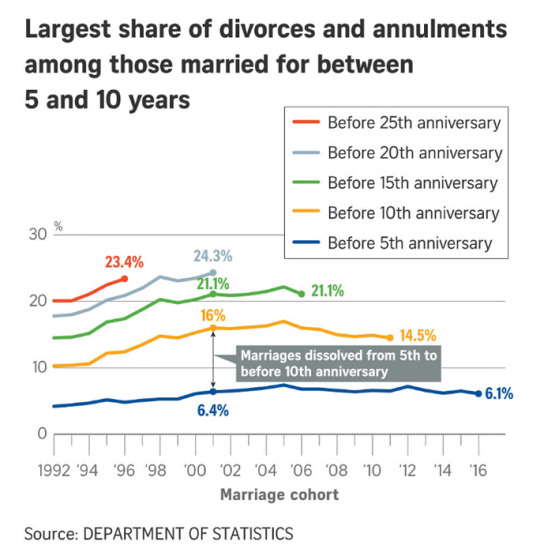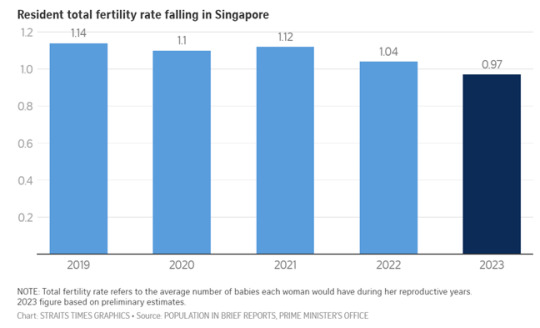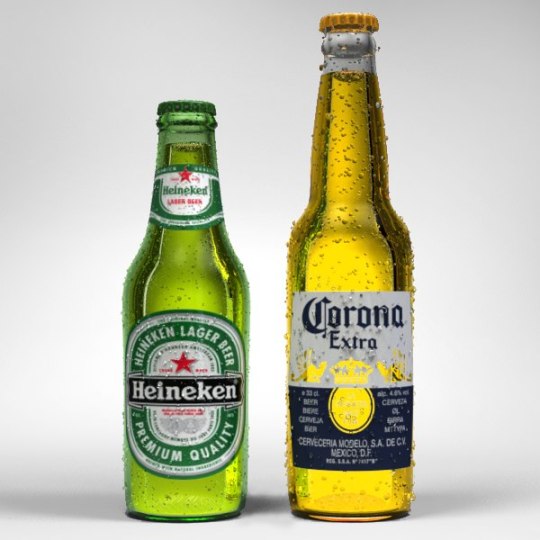Don't wanna be here? Send us removal request.
Text
Sticky mental models and old habits die hard in product diffusion
Successfully launching a new product requires either influencing or breaking the mental models of consumers behavior. Humane’s Ai pin today was harshly critiqued today on a podcast I was listening to as a failed product. Ai pin is an AI assistant attached to one’s lapel and operates on voice or a digital interface projected on one’s palm. It is riddled with functionality weaknesses and an “uncool” look and feel. We are not short of new wearables – some have been very successful such as the Apple Watch and FitBit while some flopped quickly never to be mentioned again such as the Google Glass and now the Ai pin. Because wearables, if successful, are so intertwined with our daily lives, successful wearables work with, rather than break, existing mental models and lifestyle habits of their target consumers. Apple Watch and FitBit succeeded because it simply replaced what was previously the watch on one’s wrist. Consumers do not need to unlearn and adopt new habits for product diffusion to happen. The hurdle of adoption is lower.
The same could not be said about the Google Glass. It worked with existing lifestyle habits associated with spectacles or sunglasses but its high price point narrowed the accessible market. Within the smaller market, the use of it breached the socially acceptable level of privacy. This perhaps suggests that product diffusion is not just personal, it also requires community engagement.
However, when new products are truly novel and requires consumers to redesign their lives, the company needs to put in more resources and time to mold its target consumers. Apple started in the 1970s and spent the next 30 years in computers, hard disks and printers. It only branched into speakers in 2000 and phones in 2007. The decades of brand building create the brand association of coolness and high quality with its products. Therefore, when Apple launched its 1st Gen iPod in 2001, it relied on its existing customer base as the first adopters. Customers who were so sticky and loyal to Apple that they took Apple’s lead in the design of their lives.
2 notes
·
View notes
Text
All that glitters is not gold
A product brand is an extension of one’s personal brand. When trying to fit into communities or when trying to impress others, perception precedes quality. Carrying a LV or a Gucci bag creates an immediate closeness to another stranger who happens to be carrying that brand because it suggests similarity in fashion taste and social class. The higher the barrier to be accepted, the more exclusive a community is, the more perception matters in our choice of product. However, when the product is for home use e.g., bedsheets, quality, trust in the brand and affordability matter more than perception. This might explain why consumers may well prefer a $499 Quince mulberry bedsheet over a $980 Lilysilk and $1300 Manito alternatives. Therefore, the role which the product plays in our personal branding determines whether perception or quality takes priority.
Quality > Perception for home use products?

A more inclusive brand however may choose to serve both the perception and the quality conscious consumer, but there needs to be a fine balance to not discriminate against either group. Banana Republic and J Crew clothing line focuses on premium-ness and quality e.g., cashmere and silk material. Its factory clothing line however focuses on perception – a look and feel that is similar to its mainstream line, but cheaper material e.g., polyester, and exclusively different colors. The subtle difference? The little diamonds on the clothing label, tugged inside so that other than yourself, no one else would be able to immediately tell.
For the perception-conscious consumers who like to stretch their dollars:

For the quality-conscious consumers with money to dazzle:

1 note
·
View note
Text
Nudging all the way in Policy Design
The reading was particularly helpful when thinking about the design of an effective nudge. Regardless of whether the nudge is mindful, mindless, externally or internally imposed, it serves to encourage a change in an individual behavior towards a more desirable outcome (e.g., Gym Pact nudging individuals towards more exercise and better fitness). We often see nudging used in government policies that aim to create more social good, yet policies are a mix bag of successes and failures.
Two components that may explain this outcome (a) the persistency of the nudging before behavior shifts more permanently to a “new normal” (b) the need to align other initiatives with the nudging. In Singapore where the government uses nudging to address low birth rate, it has not had as much success. One such tool is the accessibility to public housing. Subsidized public housing are mostly build-to-order and requires 3 to 5 years of construction time. Many young couples find themselves accelerating their timeline towards marriage, because without a marriage certificate, they will not be able to get the keys to their apartments. Unmarried or single individuals are not allowed to purchase public housing until they are 35. These individuals will then have to either rent or buy from the private market that is often so expensive that only the top percentage of income earners qualify. The path towards owning an affordable home now becomes a part of the broader nudging initiative for more families and births. However, this likely contributed to weaker marriages and more annulment, as couples run on an externally imposed clock to seal the deal.

Birth rates not only remained stubbornly low but also fell in recent years because the bigger obstacles such as rising cost of raising a child and competing demands from work are not addressed. Here, we observed that while nudging leads towards behavior desirable for the nation and the government, the other initiatives were not aligned for the eventual goal of more births to be reached. The restriction on singles to buy public housing since 1964 clearly shows the longevity of this nudge because it can be done, but not necessarily the success of shifting mindset towards wanting bigger families.

#MITSloanBranding2024B
3 notes
·
View notes
Text

Choose your beer wisely
Even though both Heineken and Corona are foreign beer brands to the US, their expansion strategy and advertising campaign reflect divergent values. Modelo, the parent of Corona, has built its brand around partnership with distributors and consistency in the customer experience. With customers, Modelo chose to absorb additional Federal Excise Tax to maintain price accessibility. It could have followed its competitors to increase prices, since drinkers of imported beer are more affluent. Instead, it considers its position as the preferred imported beer among Hispanics – a group that has lower buying power than others. It also shows willingness to reinforce its identity as a Mexican brand but with US characteristics. It kept its long-neck bottle design and brewing entirely in Mexico yet adopted a non-returnable bottle packaging – a consumption behavior more consistent with US consumers. However, Corona initial advertising tagline on “Fun, Beach, Sun” was insufficient in building a strong brand. The tagline had uneven relatability across US consumers located in beach-deprived locations. Very little in its advertising campaign became a moat when safety and health rumors circulated.
Heineken on the other hand adopted a relatively hostile market penetration strategy. It was less responsive to distributors, less friendly to customers. Instead of playing up its product qualities, Heineken put down its competitors as a “faddish phenomenon”. For example, Heineken described Corona as “a quirky little alternative beer in Texas and California”. Heineken messaging almost came across as “either you are with us or against us” and risks alienating customers of its competitor brands. It also put distributors in a difficult spot, especially if distributers were serving both Heineken and its competitors. With little goodwill built up among stakeholders, Heineken risks brand erosion in the event of a scandal.
#MITSloanBranding2024B #corona #heineken #brand
2 notes
·
View notes